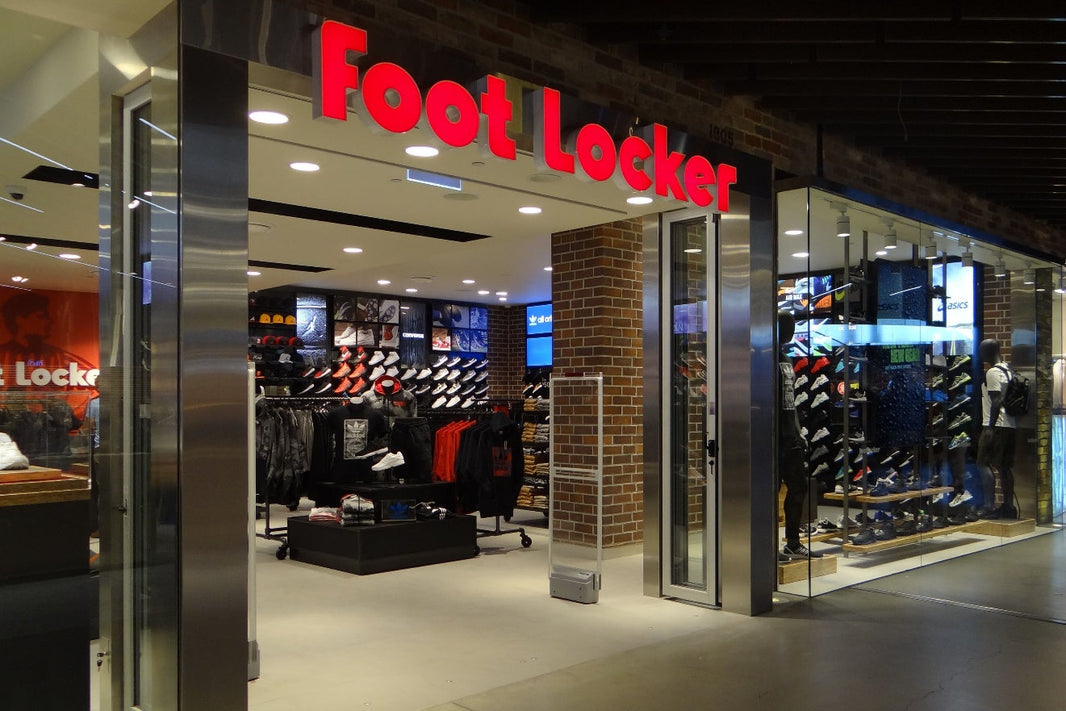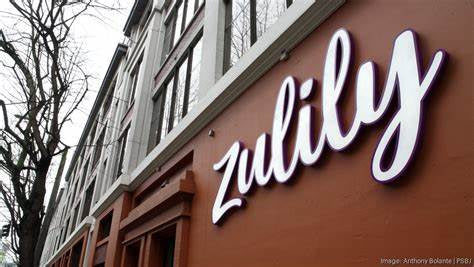Mattel, the iconic toymaker known for brands like Barbie and Fisher-Price, is confidently addressing the challenges posed by new U.S. tariffs on Chinese imports by revamping its global supply chain. During its Q4 earnings call on February 4, the company shared an ambitious outlook, projecting profit growth in 2025 despite the additional costs from tariffs. This optimism stems from a strategic shift to reduce dependence on China, which is expected to account for less than 40% of Mattel’s global production in 2025, down from 50% in 2024. Looking further ahead, CFO Anthony DiSilvestro revealed that by 2027, no single country will contribute more than 25% to the company’s total production—a clear move toward geographic balance and resilience.
A proactive transformation since 2018
Mattel’s efforts to diversify its supply chain began in 2018, well before the latest tariff pressures emerged. CEO Ynon Kreiz described this as a deliberate, forward-thinking strategy under the company’s Optimizing for Profitable Growth Program. A key milestone came last year when Mattel closed a major supplier plant in China, yielding $83 million in savings for 2024. Kreiz emphasized that this overhaul wasn’t solely a reaction to tariffs or issues with any one country. Instead, it’s about creating a “resilient, flexible, well-diversified supply chain system” capable of weathering various global challenges.
Today, Mattel sources its toys from seven countries, including significant manufacturing hubs in Indonesia, Thailand, Malaysia, and Mexico. While Mexico contributes less than 10% of production—limiting exposure if new U.S. tariffs target that country—the spread across multiple regions underscores Mattel’s commitment to minimizing risk. With the U.S. accounting for roughly half of its worldwide toy sales, about 20% of Mattel’s global production is subject to China-related tariffs. However, the company’s proactive diversification softens this blow.
Beyond diversification: A multi-pronged approach
Mattel isn’t relying solely on geographic shifts to protect its bottom line. The company plans to introduce selective price increases to offset tariff costs, though specifics remain under wraps. This multi-faceted approach highlights Mattel’s agility in adapting to economic pressures while maintaining profitability.
Kreiz touted the revamped supply chain as a competitive edge, setting Mattel apart in a tough market. “We are very good at managing complexities,” he told analysts, pointing to strengths beyond cost-cutting. The company excels in maintaining quality, meeting service expectations, collaborating with retailers, and ensuring the right toys reach the right shelves at the right time—a logistical ballet that enhances its market position.
A model of resilience in the toy industry
Mattel’s strategic pivot reflects a broader vision of adaptability and foresight. By reducing its reliance on China and building a balanced, flexible production network, the company is not just surviving the tariff landscape—it’s positioning itself to thrive. This blend of diversification, cost management, and operational excellence makes Mattel a standout player, ready to tackle whatever uncertainties lie ahead in global trade.






